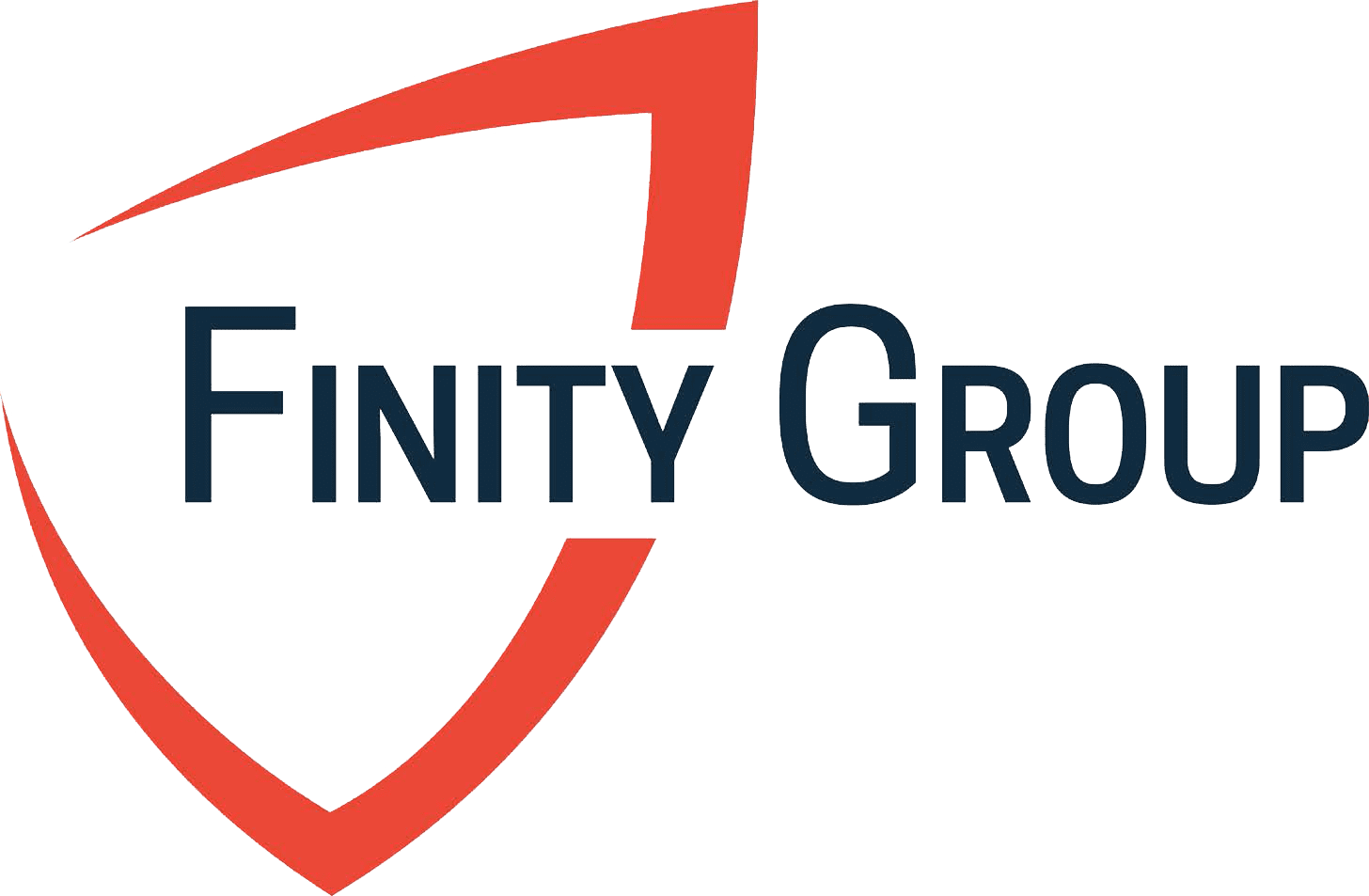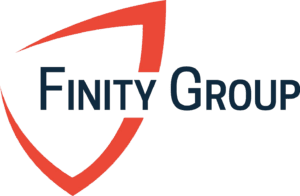Listen Here!
As we may be approaching the end of federal student loan forbearance that began in 2020 during the COVID-19 pandemic, it is important to revisit your repayment strategy for any federal student loans. For many physician student loan borrowers, PSLF (Public Service Loan Forgiveness) may be the most efficient way to repay your student loan balance. For some, this may be the case and we just have not explored this opportunity as we haven’t been faced with making payments for the past 3 or so years. For others, you know this is the right route for you, you just may not know what steps are needed to reach forgiveness or to get on the right path.
With that said, federal student loan servicing has a special program that will allow you to get your prior payments counted towards PSLF. If you were not on the correct repayment plan or, if you did not have the correct types of loans for PSLF, this will be important for you. This program is a one-time payment adjustment that you can take advantage of to get prior payments counted towards your PSLF total, even if you did not have the correct loans or if you were not on the correct payment plan. This action must be completed by the end of 2023 to be applied to your PSLF payment count.
Let’s take a look at how this works.
How to Qualify for PSLF
First things first, let’s take a quick look at what is needed to qualify for Public Service Loan Forgiveness in the first place. If a deeper dive would be helpful, visit our blog post solely focusing on the PSLF program and how it works. Also, a second opinion never hurts on this stuff, especially when we are talking hundreds of thousands of dollars that could be forgiven tax-free with PSLF, so reach out to one of our advisors who specialize in working with physicians to make sure you are doing things correctly here.
Now, for the quick summary of PSLF:
In order to qualify for the public service loan forgiveness program, you must meet a few requirements:
- Work full-time for a government agency or for certain types of non-profit organizations. The employer must be 501c3 employer.
- Have direct federal loans (or have consolidated other federal student loans to qualify).
- Enroll in an income driven repayment plan.
- Make 120 qualifying payments (a payment every month for 10 years).
Fairly straightforward, right?
Well, here is where the one-time payment adjustment comes in. If you have never checked on items 2 and 3, but are working at a PSLF qualifying employer, you may need to take action to get your payments counted.
Some individuals have been working at a qualifying employer, maybe multiple, and have the wrong types of loans (not Direct Federal Loans) and therefore, are not on a PSLF qualifying repayment plan.
If you are or have worked at a PSLF qualifying employer and any of these items apply for you, you will want to take advantage of this limited offer:
- You are unsure if your loans are Direct Federal Loans.
- You are unsure if you are on a PSLF qualifying repayment Plan.
- Both 1 and 2 apply.
- You may have worked at a qualifying employer before consolidating to Direct Federal Loans and getting on a PSLF qualifying repayment Plan.
For additional questions on your student loan repayment plan, reach out to us to schedule an initial consultation with one of our financial advisors.
One-Time Account Adjustment
As mentioned, if any of these items above apply to you, you will want to work on taking advantage of the one-time account adjustment.
How Does it Work?
Below is the breakdown directly from the Federal Student Aid website detailing this:
“Borrowers who work in public service will have another opportunity to have their payment count increased under a one-time account adjustment announced by the Department of Education (ED). Through the one-time account adjustment, borrowers with Direct Loans will be provided with many of the same benefits that were available under the limited PSLF waiver. Borrowers who do not have Direct Loans can consolidate and receive PSLF credit for prior payments as part of the one-time account adjustment, as long as they submit a consolidation application by the end of 2023. Learn more about this opportunity.”
Therefore, for borrowers that do not have Direct Loans, this provides you with an opportunity to consolidate your loans to Direct Loans to have them counted towards PSLF. For borrowers with Direct Loans but have not been on the correct repayment plan, you can apply to have prior payments counted as well.
Borrowers Without Direct Loans
If you have FFEL Program loans, Federal Perkins Loans, or other non-Direct federal student loans, you will need to complete the consolidation process to Direct Loans. By consolidating to Direct Loans, your loans are now PSLF qualifying. You will also need to make sure you are then enrolled in a PSLF qualifying repayment plan, as mentioned above.
Once consolidated to Direct Loans and you are on a PSLF qualifying repayment plan, you are still not quite done yet.
You will then need to file the Public Service Loan Forgiveness Form with each PSLF qualifying employer that you have previously worked for during the time that you have been making payments (including this COVID-19 Forbearance period, as all $0 monthly payments are PSLF qualifying).
For example, you began paying on your loans in residency from 2016-2019. From there, you began your attending position at a qualifying employer from 2019 – Present Day. You will want to make sure to file the Public Service Loan Forgiveness Form with each employer.
The One-Time Adjustment should count all previous payments made while you have been working at a qualifying employer to apply them towards your PSLF payment count. For some, this might even be enough to reach your 120th payment and get forgiveness – which would be amazing!
Borrowers With Direct Loans and Not on a PSLF Qualifying Repayment Plan
Similar strategy here. First, you will want to contact your loan servicer to perform a Direct Consolidation to a PSLF qualifying repayment plan. From there, the same steps apply. You will need to file the Public Service Loan Forgiveness Form with each PSLF qualifying employer that you have previously worked for during the time that you have been making payments (including this COVID-19 Forbearance period, as all $0 monthly payments are PSLF qualifying).
As mentioned above, all payments made while at a previous employer in the past should be retroactively counted towards your total.
How to Complete a Direct Loan Consolidation
To complete a Direct Loan Consolidation, complete the application on the Federal Student Aid Website listed here. Once you complete the application, be on the lookout for email updates or be sure to check back in with them every week or so until you receive confirmation that the consolidation has been approved.
Questions?
If you still have questions on the “One-Time Adjustment” process or about your student loan repayment plans in general, please reach out to our advisors here at Finity Group and we are always happy to help. We are well-versed in all things student loans and can help you with other areas of your financial plan as well.
Related Blog Posts:
- How to Qualify for Public Service Loan Forgiveness
- Should I Do PSLF?
- Getting Out of Debt
- How To Pay Off Student Loans





